Read this in — English, Svenska
This tour is not available in Deutsch

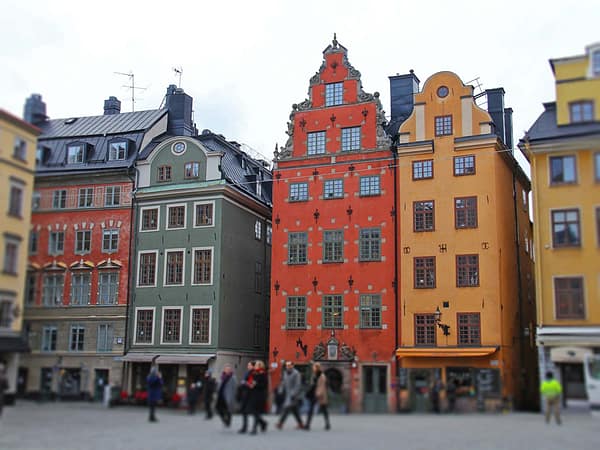

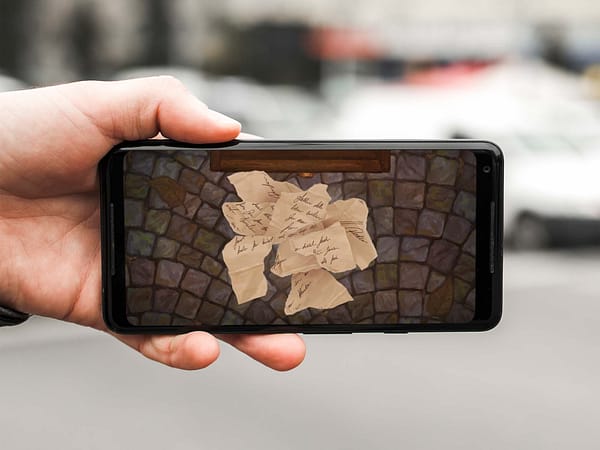
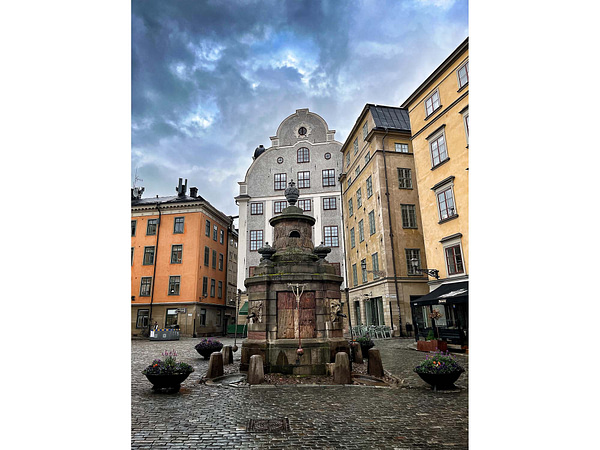
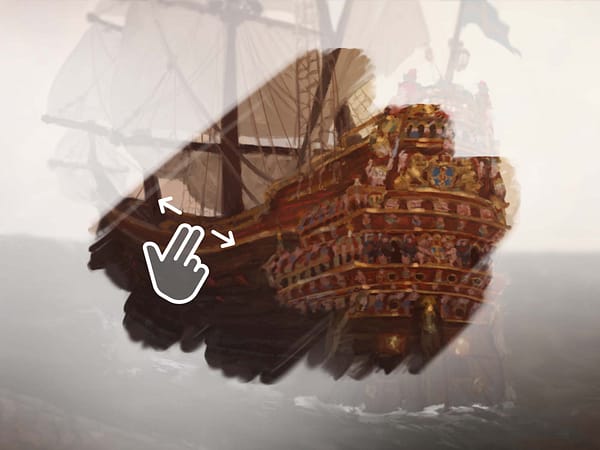


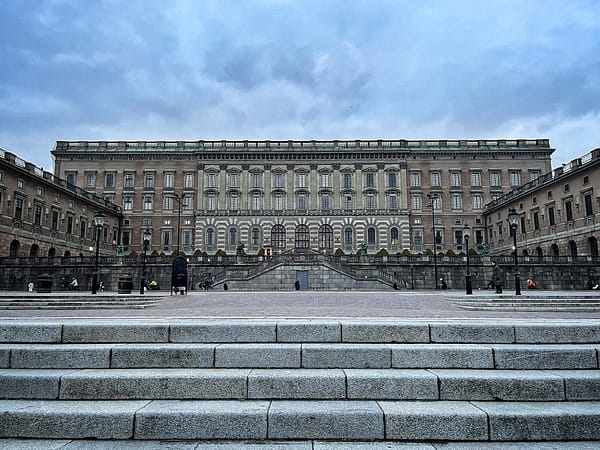






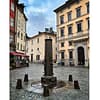


You are standing in Old town, the island where Stockholm was founded in the 1200's. Funcken's alley is named after merchant Thomas Funck, who built two houses here in the 1600's.
This square has been called "Iron square" since the late 1400's. It was a depot location for iron for almost 200 years. There was also a weigh house here, where the metal was weighed.
There has been a German church building in this location since medieval times, this specific church dates back to 1642. There is a glass painting of St:Gertrud in the church vestibule.
Stortorget is Stockholm's oldest square, dating back to early medieval time. For several hundred years, this is where all commerce took place. The Copper-Matt statue was here 1603–1776.
There were two taverns in the Ferken alley in the 1600's: the street kitchen Farken, which offered cheap, simple food, and a wine tavern called Halvmånen (crescent moon).
Skeppsbrokajen is Stockholm's oldest wharf. Large vessels docked here in the early 1600's, but the wharf was called Kogg bridge back then and was located 100 meters from today’s shoreline.
The Vasa ship was docked below the Royal Palace for a couple of weeks before her maiden voyage on 10 August 1628. Cannons and other materials were hoisted onto the ship here.
This is where the luxurious Makalös (Remarkable) palace once was located. It was built as a home for Jakob Pontusson De la Gardie and his family in the 1630's. It burned down in 1825.
The Wings is a sculpture by Carl Milles, based on a theme from Greek mythology. Ganymedes was kidnapped by Zeus and turned into an eagle.
This island was called Lustholmen in the 1500's, but when the naval staff and shipyard moved out here from Blasieholmen in the 1630's, its name changed to Skeppsholmen (ship's island).
There are several museums here at Skeppsholmen, but you can also hop on the ferry from the dock below this hill, if you want to visit the Vasa Museum across the bay.